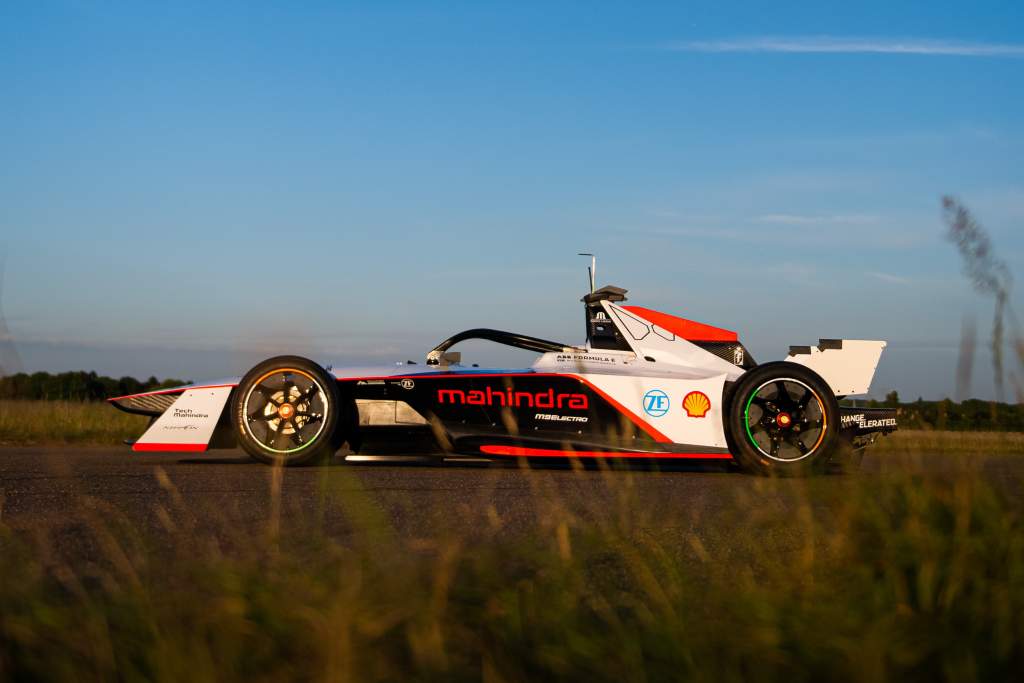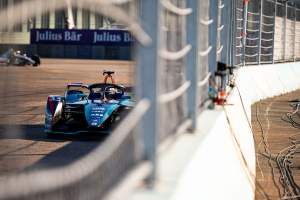A secondary option for the braking system is set to be added to the Gen3 Formula E car after a spate of recent testing accidents.
The move will be designed to give drivers added confidence in being able to stop their cars if they have powertrain or system shutdowns during the new era of Formula E, which begins in January.
The Race has learned that another testing accident occurred earlier this month when Lucas di Grassi crashed his Mahindra heavily at the Almeira circuit in Spain.
The recent incidents cannot be linked to one specific root cause and it is believed that the braking systems aren’t fundamentally causing the accidents. It is known that some have been triggered by powertrain shutdowns or software anomalies, meaning that the drivers are unable to stop the cars adequately.
Manufacturers have been pushing their Gen3 test and development cars hard in private testing, with some of the accidents believed to have been triggered by errors as the teams find the limits of the new package.
Formula E already has a Failure Mode and Effects Analysis (FMEA) group, which has been run by the FIA since the beginning of its development in collaboration with competitors to share respective knowledge, identify and solve potential issues.
The group is known to have studied the incidents and influenced the decision to have an additional braking option for emergency scenarios.
Specific details of the Mahindra incident at Almeira are not known but damage was significant enough for Mahindra to forgo more planned testing last week. It has subsequently picked up its programme in the UK yesterday.
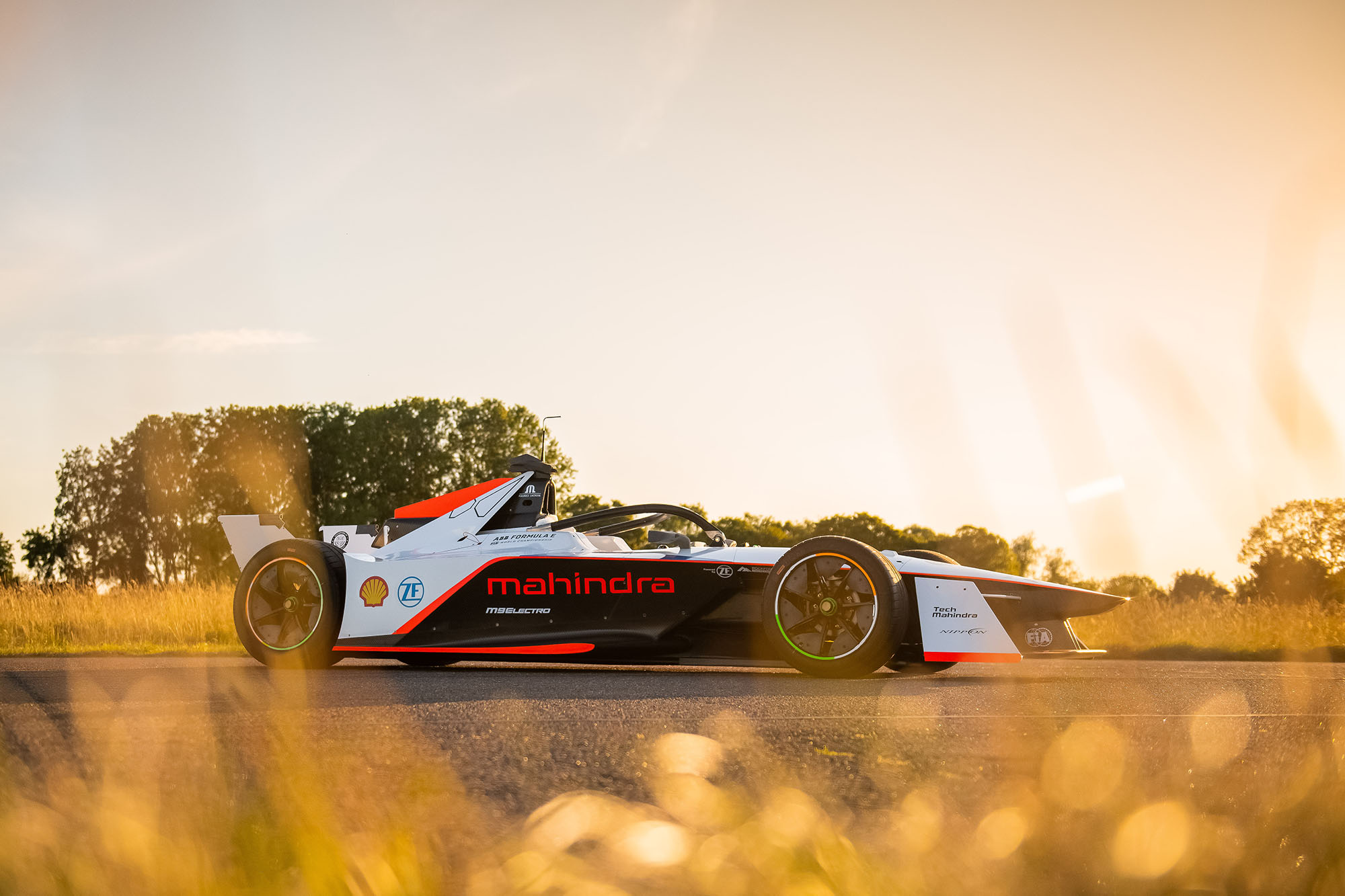
In a supplied statement after being asked for comment, Mahindra said that “following an incident for our Gen3 car, it will return to the UK for repair that cannot be carried out at a test facility”.
“The damage is remediable and we look forward to getting back on track as soon as possible.”
Di Grassi’s shunt was at least the fourth major accident to befall the Gen3 car in testing this year and the second suffered by Mahindra.
Oliver Rowland crashed heavily at Mallory Park in July after a shutdown of its powertrain. That shunt came after a dramatic accident for Theo Pouchaire at Calafat in March during early-stage development.
Jaguar’s Sam Bird then had a lucky escape at the same circuit in October in what was his first test since breaking a bone in his hand at last July’s London E-Prix.
The Race was told by some teams last month that the possibility of running some form of a rear secondary braking system was under consideration.
This has now been confirmed by the FIA, with both its technical director Xavier Mestelan-Pinon and Gen3 project leader Alessandra Ciliberti telling The Race this week that a secondary braking system will be part of the Gen3 car in the near future.
The addition to the braking system will not be ready for next month’s Valencia test but “implementation is currently being worked on and will be discussed in the coming weeks with the manufacturers”, Mestelan-Pinon told The Race.
Describing the system, Mestelan-Pinon said it was “a mechanical brake” to secondary the brake system as required but would only act “as a redundancy as part of the overall brake [system].”
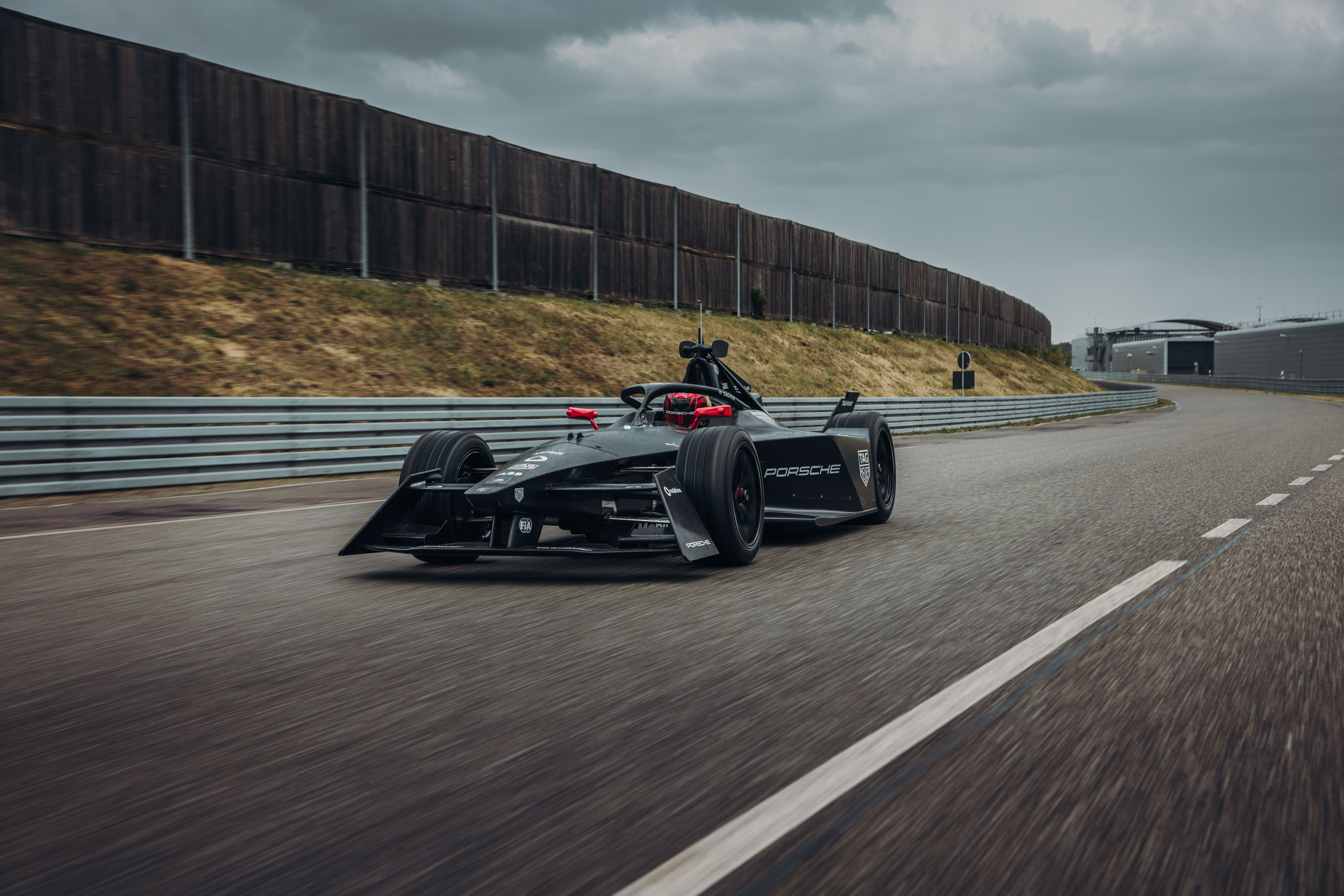
“Our position is that the braking system is within acceptable tolerances for a motorsport environment and manufacturers have agreed to this new technology,” he added.
“We have been guided by safety considerations for drivers at every step of the development process.
“Nevertheless, it will be the first time that we will have a racing car without standard hydraulic brakes at the rear and we consider that it has to be a showcase.
“Because of that, during the last two months, we took the decision, all together, with the promoter and the manufacturers to add on the rear a mechanical brake.”
Ciliberti, who has been heading the Gen3 project since its inception, added that the secondary braking system “would be used to respond to specific failure modes only, as result of the FMEA work done alongside manufacturers”.
She also confirmed that the secondary support braking system “would be policed as being used only in specific scenarios where it has to [be]”.
“It really still is a car with no rear hydraulic brakes. It doesn’t change the fact there will be no [rear] hydraulic brakes on the car,” Ciliberti added.
Mestelan-Pinon went on to emphasise that “there are always challenges with new technologies, particularly with a car as technologically advanced as the Gen3.
“The nature of testing is that teams and drivers push tolerances and limits.
“It’s just because it is the first time that we’ll have a single-seater racing car without mechanical brakes at the rear.
“It’s important for us to protect the drivers, the series and the manufacturers, so we took the decision all together from discussions with the promoter and manufacturers and everybody agreed that it’s maybe better to add a secondary braking system.”
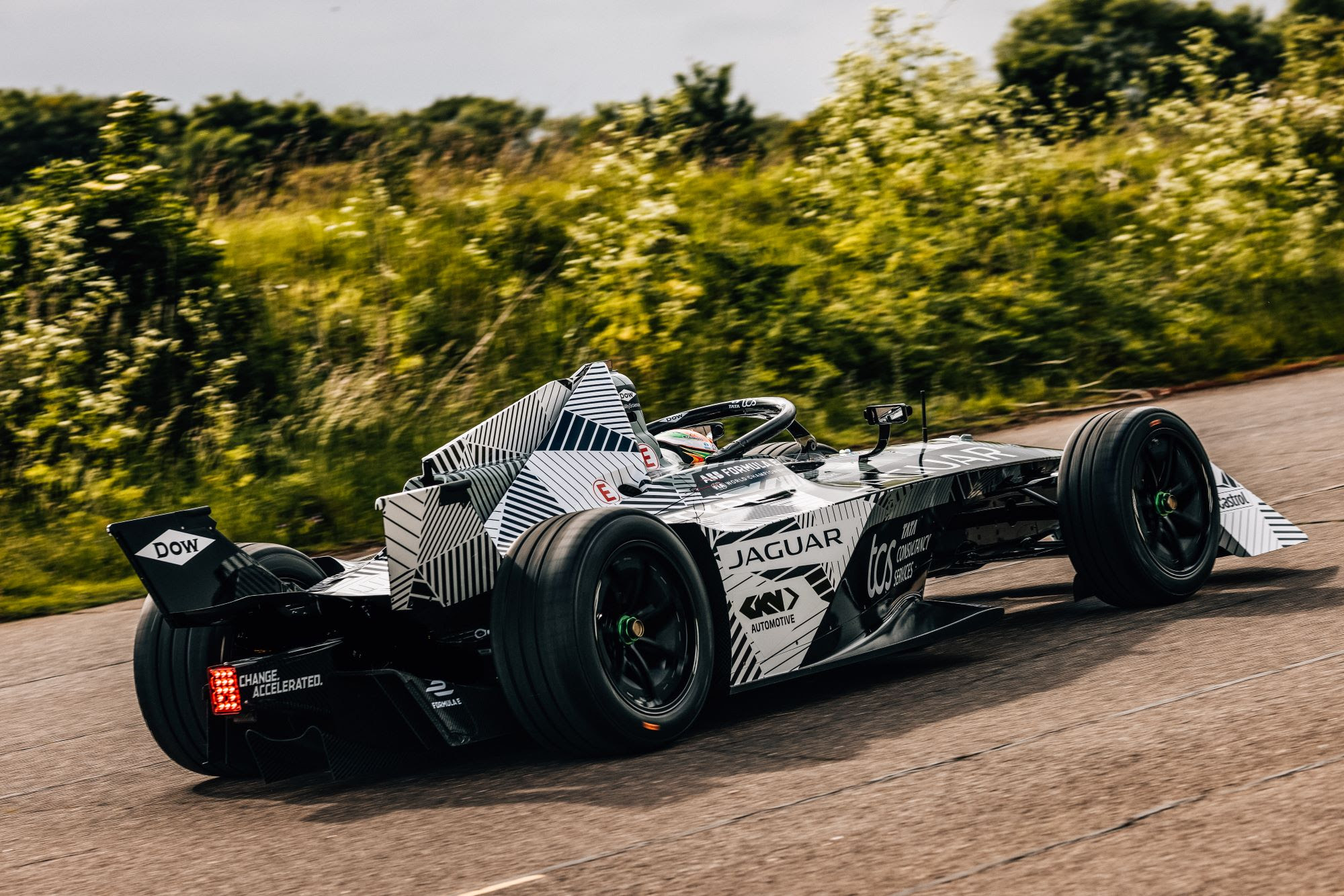
Not having hydraulic brakes on the rear of the Gen3 car inevitably makes the forces at the rear of the car very different in terms of load transfer through the suspension and into the main case.
This and other testing learnings of the Gen3 package have been picked up by manufacturers since late June, with thousands of miles achieved between the six registered manufacturers that receive cars – DS, Jaguar, Mahindra, Nissan, NIO 333 and Porsche.
A big part of the FIA and Formula E’s rationale to run with a more efficient car, with no rear hydraulic brakes and a front-MGU and to enhance regeneration for braking, was to showcase the technology before it is implemented more into the automotive industry.
Enhancing the regenerative capabilities and therefore efficiency with more energy being regenerated than lost via mechanical braking is one of the key technical advancements from Gen2 to Gen3 for Formula E.
The eradication of the brake material mass (in brake discs callipers, pads and also the upright designs) is seen as sending an important sustainability message, as well as evidencing technical advancements. This manifests in enhanced regen-braking capability and efficiency.
This road relevancy should give Formula E a strong message in eschewing metallic and carbon brake particulates.
Improving the efficiency of Formula E cars and road cars and also getting a large mass away from them is set to upgrade the range of EV cars for the future.


